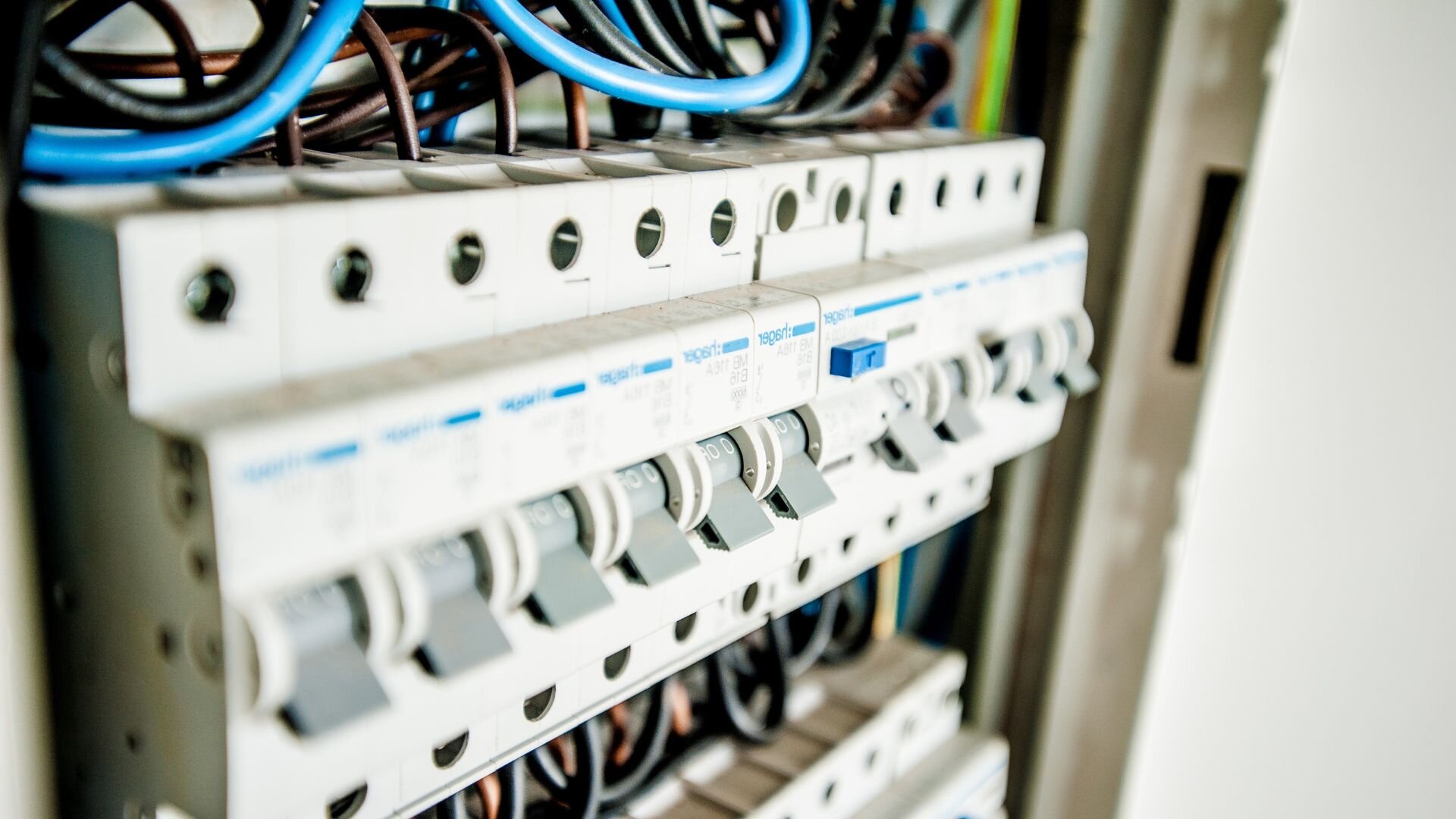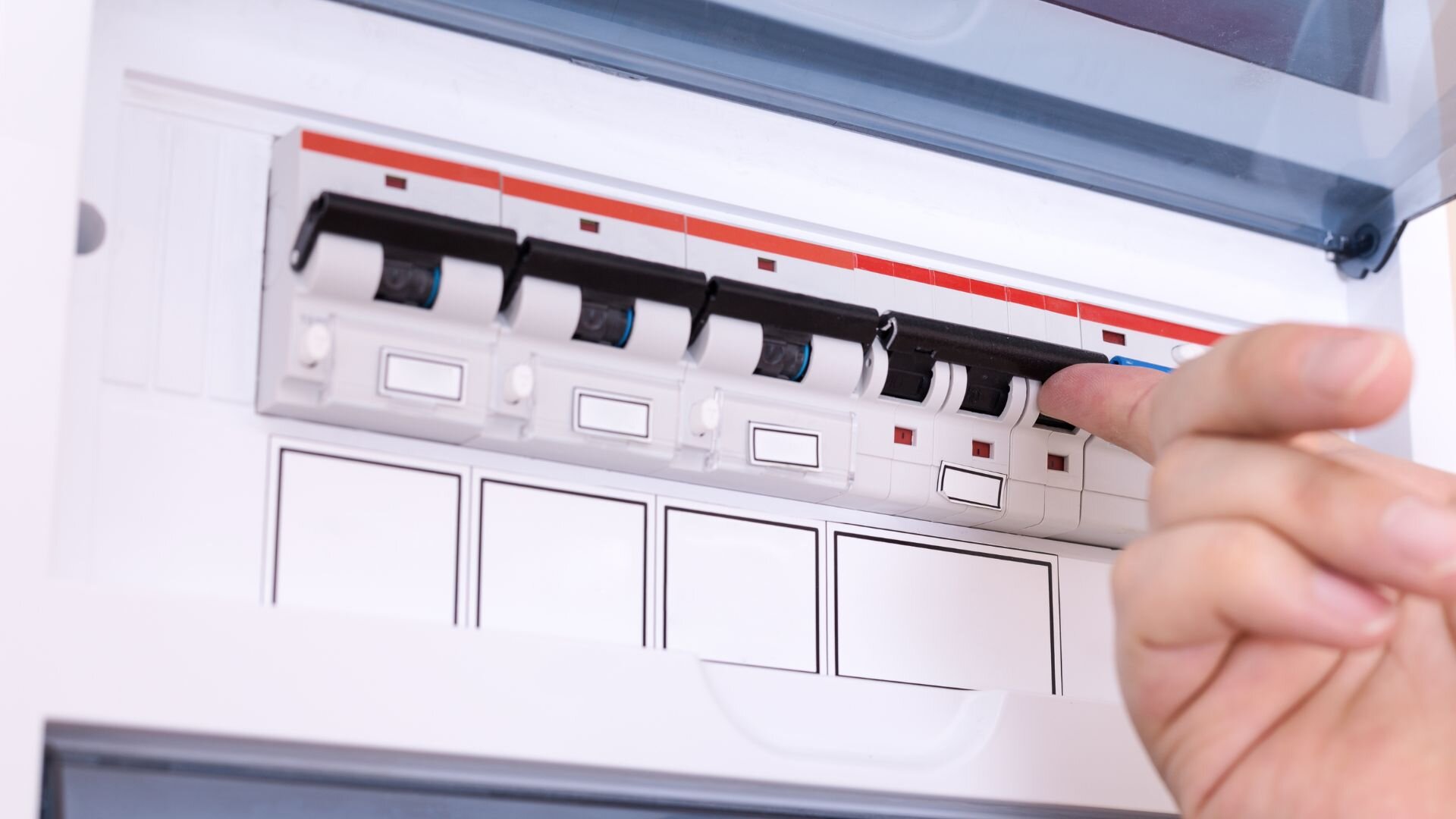In Australia, sadly, around 20 people lose their lives to electrocution each year, with half of these tragic incidents happening at home. Despite improvements in workplace safety, electrocution is still the second leading cause of death in the construction sector, as noted by Ausgrid’s Health and Safety General Manager, Paul Jones. Learn more about electrical safety.
At Enersol, our Residential Electrician Gold Coast - A safety switch, also known as a residual current device (RCD), is essential for preventing electrical hazards. It quickly detects electrical faults and disconnects the power, reducing the risk of electric shock, injury, or fire. These devices are crucial in protecting both homes and workplaces from potentially deadly electrical incidents.
Regular testing of safety switches is vital to ensure they function correctly. Learn more about residential wiring guide. By pressing the "test" button every few months, homeowners can verify that their safety switch is operational, providing an essential layer of protection for their family and property. Regular maintenance and testing can be life-saving measures that prevent tragic accidents.
Exploring Safety Switches
A safety switch, or electrical safety switch, is designed to protect people from electric shocks by quickly cutting the power supply when it detects current leakage. Unlike circuit breakers and fuses, which protect electrical circuits and appliances from overloads and electrical surges, safety switches protect individuals from electric shocks by monitoring electrical circuits for faults.

Contribution to Home Safety
Safety switches play a crucial role in keeping your home safe and ensuring compliance with Australian standards. By having them installed, you can rest easy knowing your electrical circuits and appliances are protected from faults.
Regularly testing your safety switches is a must. By pressing the test button, you can confirm they’re functioning correctly. If you notice frequent tripping, it might suggest a faulty appliance or wiring issue. In such cases, it’s wise to call in a licensed electrician to check things out.
Common Locations and Maintenance
You’ll often find safety switches in switchboards, guarding circuits that power points, lights, and major appliances like your hot water system and air conditioning.
It’s best to test them regularly, perhaps when daylight saving kicks in. To test your safety switch, press the test button to make sure it moves to the off position, then switch it back to on. If it doesn’t work as expected, reach out to licensed electricians for possible upgrades or maintenance. Always ensure professionals handle installations to safeguard your home.
Tools Needed for Testing
Testing a safety switch safely requires a few essential tools and safety gear. Most of these items can be found at home or purchased from local hardware stores.
- Insulated Gloves: Protects your hands from accidental electric shock during testing.
- Protective Eyewear: Shields your eyes from potential sparks or debris.
- Multimeter: Useful for checking the electrical circuit and ensuring the power supply is functioning correctly.
- Flashlight: Handy if you need to check the switchboard in a dimly lit area.
- Flathead Screwdriver: Helps in accessing the switchboard if necessary.
- Test Button: Ensure you know the location of the test button on the safety switch itself.
With these tools in hand, you can confidently test your safety switch to make sure it’s doing its job. Remember, your safety comes first, so if there’s any doubt, don’t hesitate to get in touch with a licensed electrician.
Step-by-Step Guide to Testing a Safety Switch
Testing your safety switch regularly is crucial for maintaining electrical safety in your home. Follow these steps to ensure your safety switches are functioning effectively.

Locating the Safety Switch
- Find the Switchboard: Your safety switches are located in the switchboard, usually found in a garage, laundry, or outside your home.
- Identify the Safety Switch: Look for a device marked with a "Test" button. It may control power points or specific circuits.
Conducting the Safety Switch Test
- Prepare for Testing: Ensure all sensitive electrical equipment and appliances are turned off to prevent damage when the power is cut.
- Press the Test Button: Press the "Test" button on the safety switch. This should immediately trip the switch, cutting power to the circuit it protects. Lights and power points connected to the switch will lose power.
- Verify the Off Position: Confirm that the switch has moved to the off position. This indicates that the safety switch is working properly to prevent electrical shocks.
If the Safety Switch Fails
- No Tripping: If the safety switch does not trip, it may not be functioning correctly. Avoid using electrical equipment connected to the circuit.
- Contact a Professional: Immediately contact a licensed electrician to inspect the switchboard and wiring for issues, such as a faulty safety switch or live wire problems.
Safety Tips During Testing
- Use Insulated Gloves: Protect yourself from accidental electrical shock by wearing insulated gloves during the test.
- Keep Dry: Ensure your hands and the area around the switchboard are dry to prevent electrical shocks.
- Stay Clear of Appliances: Make sure no person receiving electricity is near appliances when you test your safety switches.
Frequency of Testing
- Regular Testing: Make it a habit to test your safety switches every three months. A handy reminder is to do it at the start of each new season.
- After a Lightning Strike: If there’s a lightning strike in your area, check your safety switch to ensure it’s still in good working order.
Resetting the Safety Switch
- Switch to On Position: Once you’ve done your testing, reset the switch by flipping it back to on. Make sure all your circuits and power points are powered up again.
- Monitor for Tripping: If the safety switch keeps tripping, it could point to problems with your wiring or appliances. It’s a good idea to have an electrician take a closer look.
Troubleshooting Common Issues
When you test your safety switch, you might encounter some common issues. Here’s how to address them.

Switch Not Tripping
- Check the Power Supply: Ensure power is on at the main switchboard. If the safety switch installed isn’t tripping, it might be due to no power in the circuit.
- Test the Power Point: Plug an appliance into a power point on the circuit and attempt the test again. If it still doesn’t trip, the switch may be faulty.
Switch Won’t Reset
- Inspect the Circuit: If the safety switch doesn’t reset, disconnect all appliances from the circuit. A defective appliance might be causing the issue.
- Check for Overloads: Ensure the circuit isn’t overloaded with too many appliances. Reduce the load and try to reset the switch.
Persistent Issues
- Seek Professional Help: If problems persist, like the switch not resetting or frequent tripping, contact a licensed electrician. They can inspect the wiring and safety switch installed to resolve any underlying issues safely.
Stay Safe with Confidence
Testing your safety switches regularly is crucial to keep your home safe. By making sure they’re working properly, you can prevent electrical hazards and protect your family from shocks. Regular checks give you peace of mind, knowing your electrical system is in top shape. Explore our Residential Electrician Gold Coast to learn more.
For comprehensive safety switch services, think about contacting Enersol Electrical. Our expert team is here to help with:
- Safety Switch Testing and Installation: Equip your home with dependable safety switches installed by pros.
- Electrical Inspections: Keep an eye on your wiring and switchboards to nip potential problems in the bud.
- Troubleshooting and Repairs: Swiftly sort out any issues with your safety switches or electrical systems.
Get in touch with Enersol Electrical to book a service or a chat. Our experienced electricians are ready to help keep your home safe and your electrical system running smoothly. Contact us today to find out more about our services and how we can assist with a safe and efficient electrical setup.